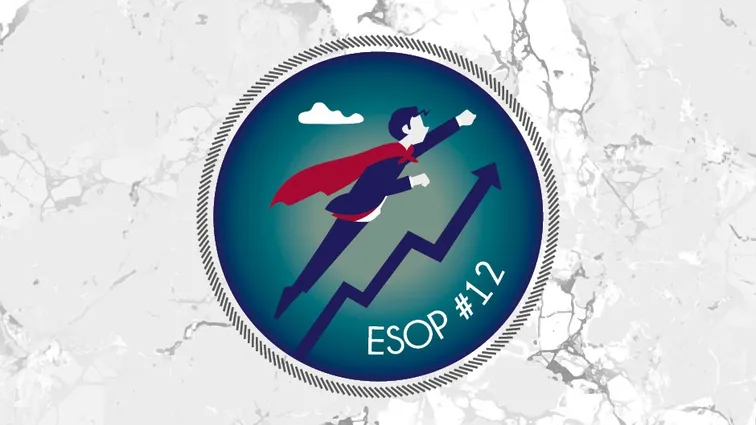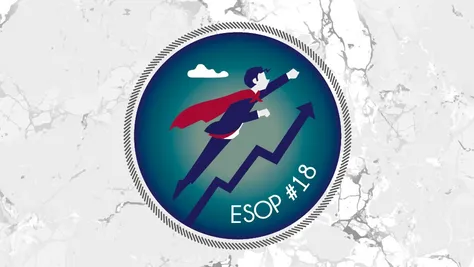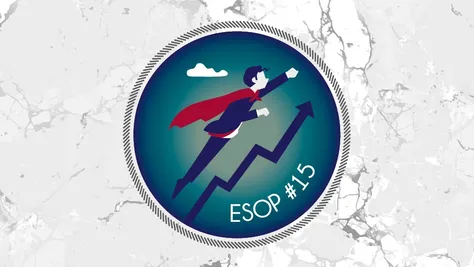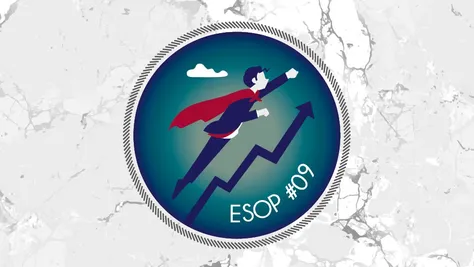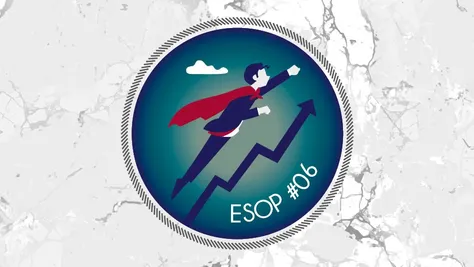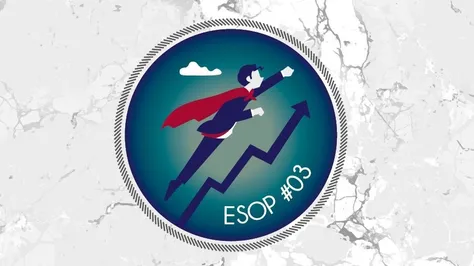Having read the previous articles on the basic types of ESOPs, you are already familiar with ESOPs without an equity interest established through a contract on the performance of office, as well as with the possibility of implementing an ESOP by issuing innominate securities, including their comparison with a shareholding in the company.
Now it’s time we focused more on the last type of ESOPs we introduced, the shareholding ESOP. With this ESOP, managers acquire an equity interest in the target company, becoming its shareholders with the related rights and obligations. This raises a significant number of questions – in which corporate vehicle should managers acquire their shareholding? What rights do managers acquire along with their shareholding? And to what extent can these rights be modified at all? You will find the answers to these questions in the article below.
Possibilities of adjusting the rights and obligations attached to shares
In the last article referenced above, we said that the shareholding type of ESOPs essentially provides a higher level of manager incentive and longer-term stability of the employee stock ownership plan. However, we pointed out that the manager is entrusted with certain powers (shareholder rights), which may be a hidden risk for the existing owner (founder). We suggested there that many of these risks can be regulated by common will.
Equity participation in a company usually involves a trio of basic shareholder rights: the right to profits, the right to the liquidation balance and the right to vote. With the equity participation of managers, the combination of all the three rights can be highly impractical for the founder. For a long time, it was unclear whether individual shareholder rights could be removed from shares and whether they could be modified in any way. Now this has been established without any doubt that shareholding doesn’t necessarily have to include all the rights mentioned above. They can be flexibly adjusted or removed provided that at least one of the above three rights is retained so that we still have something called a share.
Typically, the founder may not be interested in letting managers into top-level decision-making processes beyond their current competencies. On the other hand, managers are not normally interested in participating to a greater extent in the company’s leadership, but their primary motivation will be to receive, beyond their current pay, a share of the company’s earnings to which they have personally contributed. This can of course change over the years. The ESOP may be set up in such a way that, through years of faithful service, the manager will also get to co-decision-making at the highest level.
The ability to modify the rights associated with shares frees up the hands of founders when implementing ESOPs and allows for a more flexible approach to designing the plans. The founder can allow managers into the company’s leadership with much less concern, as they do not have to have voting rights at all – there will simply be a type of share in the company that does not have this right attached to it at all. Managers, on the other hand, receive a shareholding that consists solely in the possibility of participating in the profits of the company they have contributed to achieving.
The founder’s and the managers’ interests can thus balance each other according to what they prefer – the founder retains their largely intact influence in the company (it should be pointed out, however, that in certain, albeit minority, cases, the voting right can be renewed), while the managers get the opportunity to “monetise” the results of their work, receiving a “bonus” in the form of a dividend and benefiting from the company’s long-term growth if they decide to sell their stake later on. Last but not least, receiving equity in a company under an ESOP can be motivating as such, because in a properly set option plan, the acquisition of the share is motivating per se, as the manager receives it only after they meet predefined conditions. Such a move can be perceived as a sign of great trust by the founder and the manager.
Choosing the right vehicle – what should the basis be to build an ESOP?
In the context of the above, a question arises what vehicles are better to implement an ESOP. Traditionally, two legal forms of companies are most often considered for the implementation of ESOPs, either a limited liability company (s.r.o.) or a joint-stock company (a.s.). Each of them brings certain advantages and disadvantages in relation to ESOPs. It is always advisable to assess individually which option is more suitable for a given case. However, some of the basic differences and advantages of each variant are briefly presented below.
As both are limited companies, the differences between a limited liability company and a joint stock company are not too distinct. However, some may be relevant at the start of building an ESOP. In both legal forms of companies, it is possible to create different types of shares, as mentioned above, in a relatively flexible way, so in this respect the two variants do not differ much (although it is true that a share in a limited liability company is traditionally considered to be slightly more flexible in this respect).
In a joint-stock company, an ownership interest is always represented by shares of stock, typically in certificated form. This gives managers “something real in their hands”, which can be a motivating factor as such for their future performance. Shareholders of a joint-stock company are not entered in the commercial register, which provides them with a greater degree of anonymity. On the other hand, shares in a limited liability company are not traditionally represented by a security, although this can be remedied by issuing a shareholding certificate. Shareholders of a limited liability company should be entered in the commercial register, making it therefore possible for third parties to have access to information about the manager’s shareholding in the company, the amount, and the rights the manager holds. The level of anonymity is thus significantly lower.
What is also different and relevant in relation to ESOPs is the different regulation related to the restriction on the transfer or passage of shares. Compared with a joint-stock company, the scope of potentially restricting the transfer or passage of shares in a limited liability company is wider. This issue may be one of the most essential ones depending on how “tight” the founder wants the ESOP to be in this regard. In a limited liability company, it is possible to exclude the transferability of shares (i.e. it will be clearly stipulated that the shares will remain with the manager if the founder does not want them back), and it is also possible to exclude the inheritance of shares in case of some unfortunate event, which would ultimately mean inheritance proceedings regarding the manager’s shares and the entry of new persons, the heirs, into the company (however, there are also certain mechanisms to otherwise handle this risk in a joint-stock company).
From the founder’s point of view, the issue of the right to information, which is more restricted in a joint-stock company than in a limited liability company, may also be decisive; however, it is possible to compensate for these differences through appropriate settings.
Where the ESOP is implemented indirectly (see below) and a new company is set up for this purpose, the entry costs are lower in a limited liability company, given the different requirements for its registered capital. However, it can be assumed that this difference will not usually play a significant role in deciding the applicable legal form.
Direct and indirect shareholding
Managers may participate in an ESOP by acquiring an equity interest directly in the operating company to whose results and performance the ESOP is linked. In such a case, the number of shareholders of the company increases significantly as all managers participating in the ESOP become direct shareholders of the operating company. This may, of course, entail certain risks, where each of the managers may assert their rights directly against the operating company.
These risks can be at least partially mitigated by creating a new company, i.e. a management holding company, which acquires, as a single entity, a shareholding in the operating company or in several companies of this kind. Managers thus become shareholders of the operating company indirectly through the management holding company, and the whole ESOP story takes place outside the business core of the corporate group.
This option, if set up appropriately, still allows for the participation in the essential profit of the operating company while reducing the risks arising from the direct participation of managers in the company. The structure of the operating company thus also remains compact and non-fragmented. It is also easier to regulate the relationship between the founder and the management holding company through shareholder agreements.


